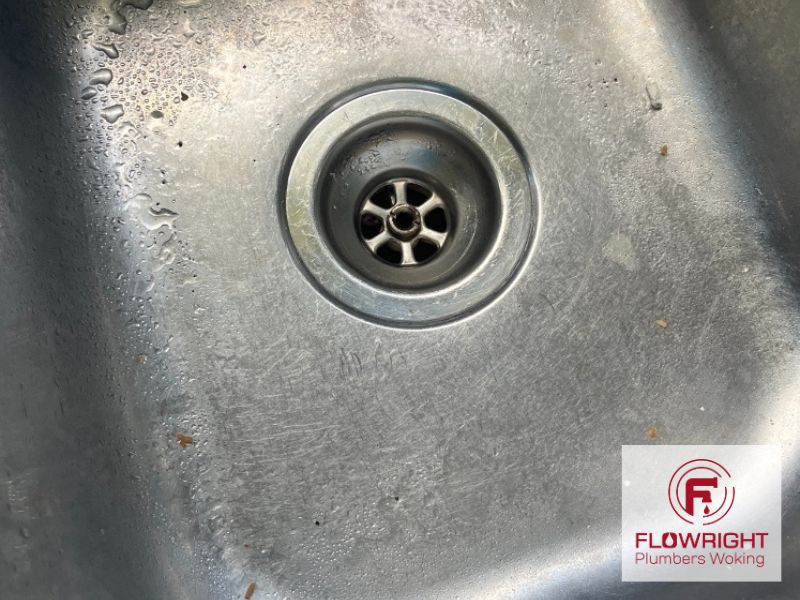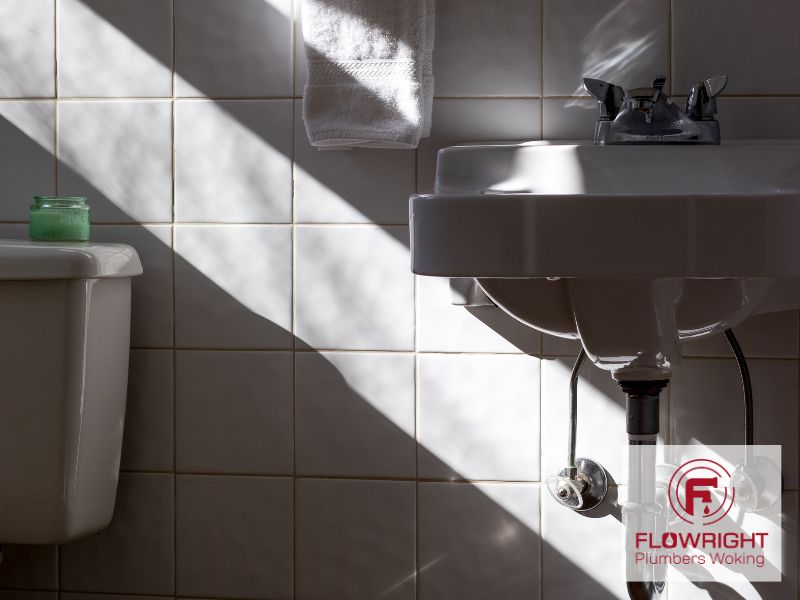Tired of feeling cold and wishing for a warm, cosy home? We have the solution. Imagine walking into your living room and feeling the comforting warmth of radiant heat surrounding you. The crackling sound of firewood fills the air as you settle into your favourite armchair, enjoying the peaceful atmosphere.
Our tips for fitting radiators will help you make this dream a reality.
Proper installation of radiators is crucial for effective heating in the UK, ensuring that every part of your space is adequately heated. From measuring your room to selecting the appropriate radiator size, our advice will guide you through each step. Discover how placing and clearing your radiator correctly can improve heat distribution, and learn how bleeding your radiator can eliminate unwanted air and enhance efficiency.
Save energy and stay comfortable by using thermostatic radiator valves for precise temperature control. And don’t forget the importance of regular maintenance and cleaning to prolong the lifespan and efficiency of your radiator.
Let’s begin with these essential tips for fitting radiators!
Measure Your Space and Choose the Right Size Radiator
Once you have obtained the measurements, seek advice from a professional plumbing service or consult the manufacturer’s guidelines to determine the appropriate size for your space. Consider radiator installation techniques that will maximize heat distribution in the room.
The spacing between radiators and walls is crucial in ensuring efficient heat flow. By following these steps and carefully selecting the right-sized radiator, you can ensure exceptional heating performance in your home or office.
Ensure Correct Placement and Adequate Clearance for Optimal Heat Distribution
To ensure the best possible heat distribution and efficiency, it is important to have enough space around your radiator. Here are some tips to consider for proper placement and clearance in the UK:
- Make sure there is a minimum of 6 inches of clearance on all sides of the radiator to allow for proper airflow and circulation of heat.
- Avoid placing furniture or curtains near the radiator, as they can block the even spread of heat throughout the room.
- If possible, position the radiator on an external wall to take advantage of natural convection currents.
By following these tips and ensuring adequate clearance for your radiator, you can optimize heat distribution and enjoy efficient heating throughout your home.
A well-placed radiator not only keeps you warm but also helps save energy and reduce heating costs.
Bleed your radiator to remove air and improve efficiency.
Make sure you bleed your radiator on a regular basis to remove trapped air and increase its effectiveness, providing you with plenty of warm heat and maximum comfort in your home. Bleeding is an essential part of maintaining radiator efficiency.
Over time, air can become trapped in your radiator system, blocking the flow of hot water and reducing heat output. This can result in cold spots and uneven heating in your space. By bleeding your radiators, you release this trapped air, ensuring optimal heat distribution and improving energy efficiency.
To bleed your radiator, turn off the heating system and allow it to cool down completely. Locate the bleed valve on the top of the radiator and use a radiator key or a flat screwdriver to open it slightly. You will hear a hissing sound as the air escapes. Once water starts flowing consistently, close the valve firmly. Repeat this process for all radiators in your home.
Regularly bleeding your radiators not only enhances their efficiency but also helps prolong their lifespan by preventing corrosion caused by trapped air. By taking this simple step, you can enjoy a warm and comfortable living environment while reducing energy wastage.
Use Thermostatic Radiator Valves to Control Temperature and Save Energy
If you want to control the temperature in your home and save energy easily, thermostatic radiator valves are an excellent choice. They function as the leader of your heating system, regulating heat output as needed. These valves allow you to set a different temperature for each room, ensuring optimal comfort.
By controlling the flow of hot water in the radiator, they help maintain a consistent temperature and reduce wasted energy.
To maximize the benefits of your system, install a smart thermostat that can be programmed to adjust the temperature based on your schedule. This way, you can be certain that rooms are only heated when necessary, saving both energy and money.
In addition to using thermostatic radiator valves, it is also advisable to consider radiator insulation. Insulating your radiators reduces heat loss through walls or floors and ensures that all the generated heat is released into the living space.
By investing in thermostatic radiator valves and proper insulation, you can take control of your heating system’s efficiency and enjoy comfort in every room of your home.
Regularly Maintain and Clean Your Radiator for Longevity and Efficiency
Maintaining and cleaning your radiator ensures its durability and efficient operation. To benefit from a well-maintained radiator, here are four essential cleaning methods:
- Bleed your radiator: Over time, air can accumulate in the system, causing cold areas and reducing effectiveness. Regularly bleeding your radiator releases trapped air and allows hot water to flow freely.
- Dust and vacuum: Use a soft cloth or brush to remove dust from the surface of your radiator. Additionally, vacuum any debris that has gathered around the base to prevent it from obstructing airflow.
- Check for leaks: Inspect your radiator for any signs of leakage such as dampness or rust spots. Addressing these issues promptly can prevent further damage and maintain optimal performance.
- Professional servicing: Consider scheduling regular professional maintenance visits to ensure thorough cleaning, inspect valves or thermostats, and identify any potential problems before they worsen.
By following these radiator maintenance and cleaning methods, you can prolong its lifespan while ensuring efficient heating throughout your UK home.
Frequently Asked Questions
What are some signs that indicate a radiator may need to be replaced?
If you notice that your radiator is leaking or not distributing heat evenly, it could be an indication that it needs to be replaced.
Regular maintenance is crucial to ensure the longevity of your radiator. Checking for signs of damage such as rust, corrosion, or cold spots on the surface can help identify potential issues early on. Resolving these problems promptly will enhance your heating efficiency and prevent expensive repairs in the future.
Can I fit a radiator myself, or should I employ a professional?
You can certainly install a radiator yourself, but there are advantages to hiring a professional. When it comes to the technical aspects of fitting a radiator, a professional ensures precise and efficient installation. They have the knowledge and experience to handle any issues that may arise during the process.
Additionally, hiring a professional saves you time and effort, allowing you to concentrate on other tasks. So, while DIY is feasible, it is highly recommended to consider the benefits of hiring a professional.
Are there any safety precautions I should take when installing a radiator?
When installing a radiator, it’s crucial to prioritize safety. Making certain mistakes during the installation can lead to leaks or accidents. To prevent this, ensure to switch off the heating system and drain the water before starting.
Use the correct tools and follow the manufacturer’s instructions precisely. Additionally, double-check for any gas or electrical connections that may pose a risk if not handled properly. Safety should be your top priority when undertaking this task.
How do thermostatic radiator valves function, and how can they aid in conserving energy?
Thermostatic radiator valves (TRVs) are vital for conserving energy and maintaining a pleasant temperature in your home. These valves detect the air temperature in the room and adjust the flow of hot water into the radiator accordingly.
TRVs provide you with the ability to control the temperature of individual rooms, preventing excessive heat and unnecessary energy consumption. When choosing a TRV, take into account factors such as compatibility with your heating system and the level of control you desire.
How frequently should I clean and maintain my radiator for optimal efficiency?
For optimal efficiency, it is recommended to clean and maintain your radiator on a regular basis. The frequency of cleaning will depend on various factors including the type of radiator and the environment it is placed in. Generally, it is advised to thoroughly clean the radiator every 6-12 months. The most effective cleaning methods involve using a soft cloth or brush to remove dust and debris from the surface and fins of the radiator. Additionally, a vacuum cleaner with a brush attachment can be used for more efficient cleaning.










